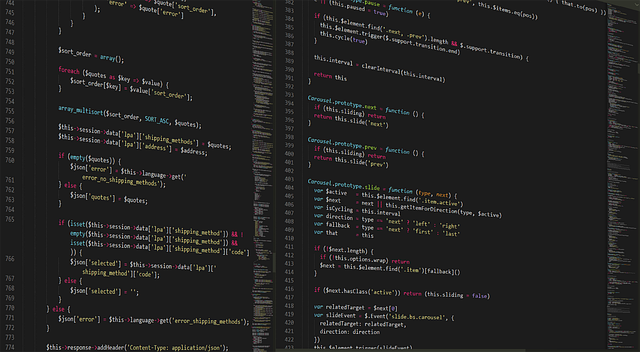The Fusion of Art and Design Through Technological Development
In today’s fast-paced world, the lines between art, design, and technology are becoming increasingly blurred. The architectural landscape is evolving at an astounding rate, propelled by remarkable technological development that redefines how we conceive, create, and experience spaces. This intersection of technology and architecture design not only thrives on innovation but also evokes emotional connections with users and viewers alike.
Embracing New Mediums
As architects, we have always drawn inspiration from the world around us, using various materials and techniques to bring our visions to life. However, with advancements in technology, we now possess tools that enable us to explore new mediums like never before. From 3D modeling software to virtual reality environments, these innovations allow designers to visualize intricate details and manipulate forms with unparalleled precision.
Take the example of parametric design, where algorithms help create complex, organic structures that were previously unimaginable. The fluidity of these forms resonates with our human intuition for aesthetics, creating an immersive experience that merges the boundaries of art and architecture.
Sustainable Design through Technological Advancements
Alongside artistic expression, a vital aspect of architectural design today is the commitment to sustainability. Innovative technological development has led to the creation of energy-efficient materials and smart building systems that adapt to environmental changes. Architects are now able to design structures that not only reduce waste but also mimic natural processes, creating a beautiful synergy between human-made and natural environments.
For instance, designs that utilize green roofs or living walls not only enhance the visual appeal of buildings but also contribute positively to urban ecology. This duality of function and form signifies a growing trend towards architecture that celebrates both art and ecological integrity.
Digital Fabrication: Where Imagination Meets Reality
Another exciting realm of technological development in architecture is digital fabrication. Techniques like 3D printing and CNC machining empower architects to break free from traditional construction methods. With the ability to create intricate components quickly, designers can experiment with new shapes and materials that push the envelope of conventional architecture.
This fusion of art and technology reveals a narrative that reflects our ever-changing society. Buildings are no longer just structures; they tell stories that resonate with community values, aspirations, and cultural identities.
The Role of Interactive Spaces
As we merge art, design, and technology, the experience of architectural spaces becomes more interactive. Through the use of smart technologies, buildings can now respond to occupants’ needs dynamically. Imagine walking into a space where the lighting adjusts to your mood or where environmental controls optimize comfort based on real-time data feedback. These developments create an emotional dialogue between users and their environments.
Such interactions foster a deeper appreciation for the artistry involved in these spaces. They transform architecture from static forms into vibrant experiences, intertwining functionality with emotional depth.
As we explore this exciting intersection of art, design, and technological development, it’s clear that the future of architecture holds boundless possibilities. The blend of creativity and innovation promises to build not only structures but also emotional connections that will last for generations to come.




